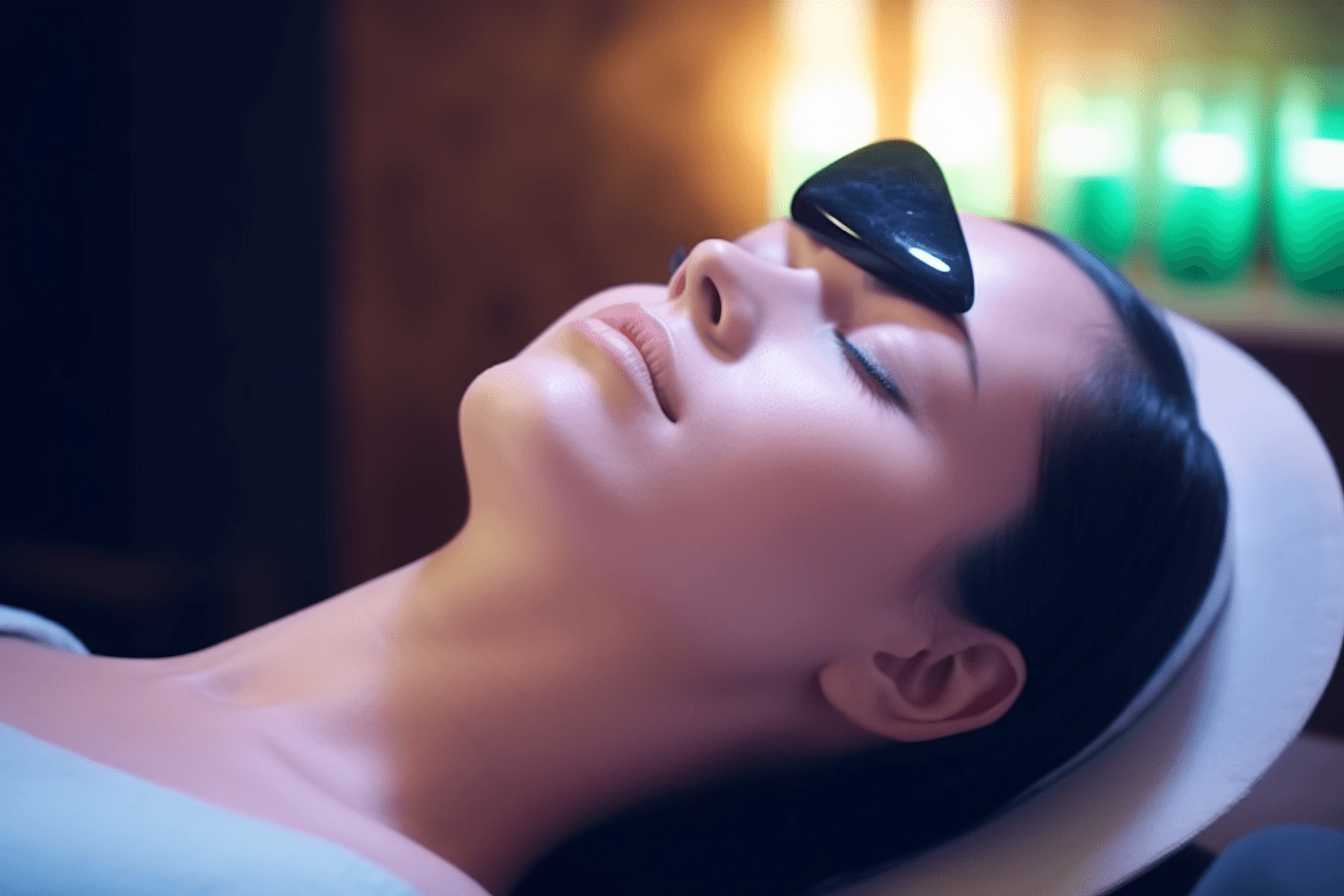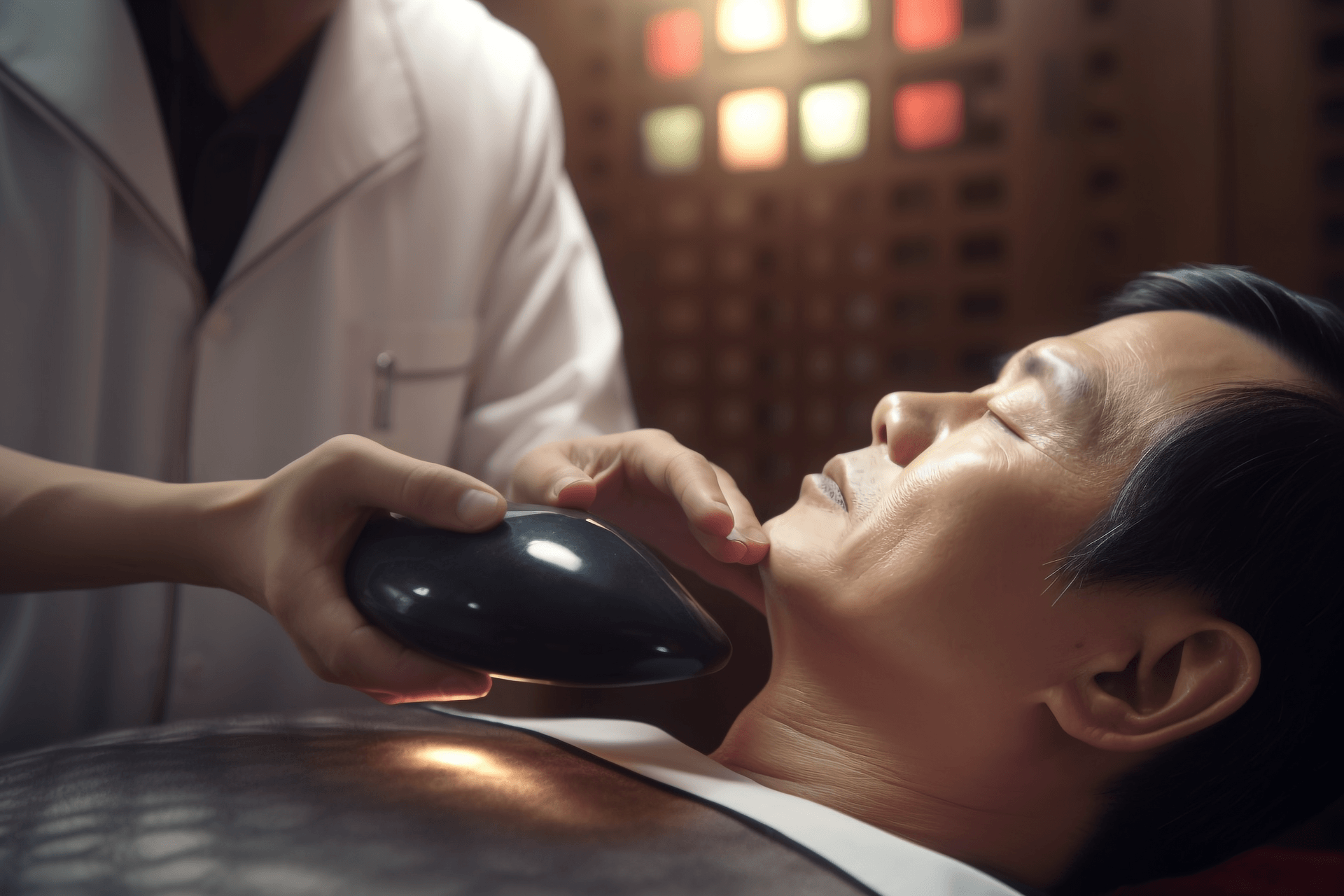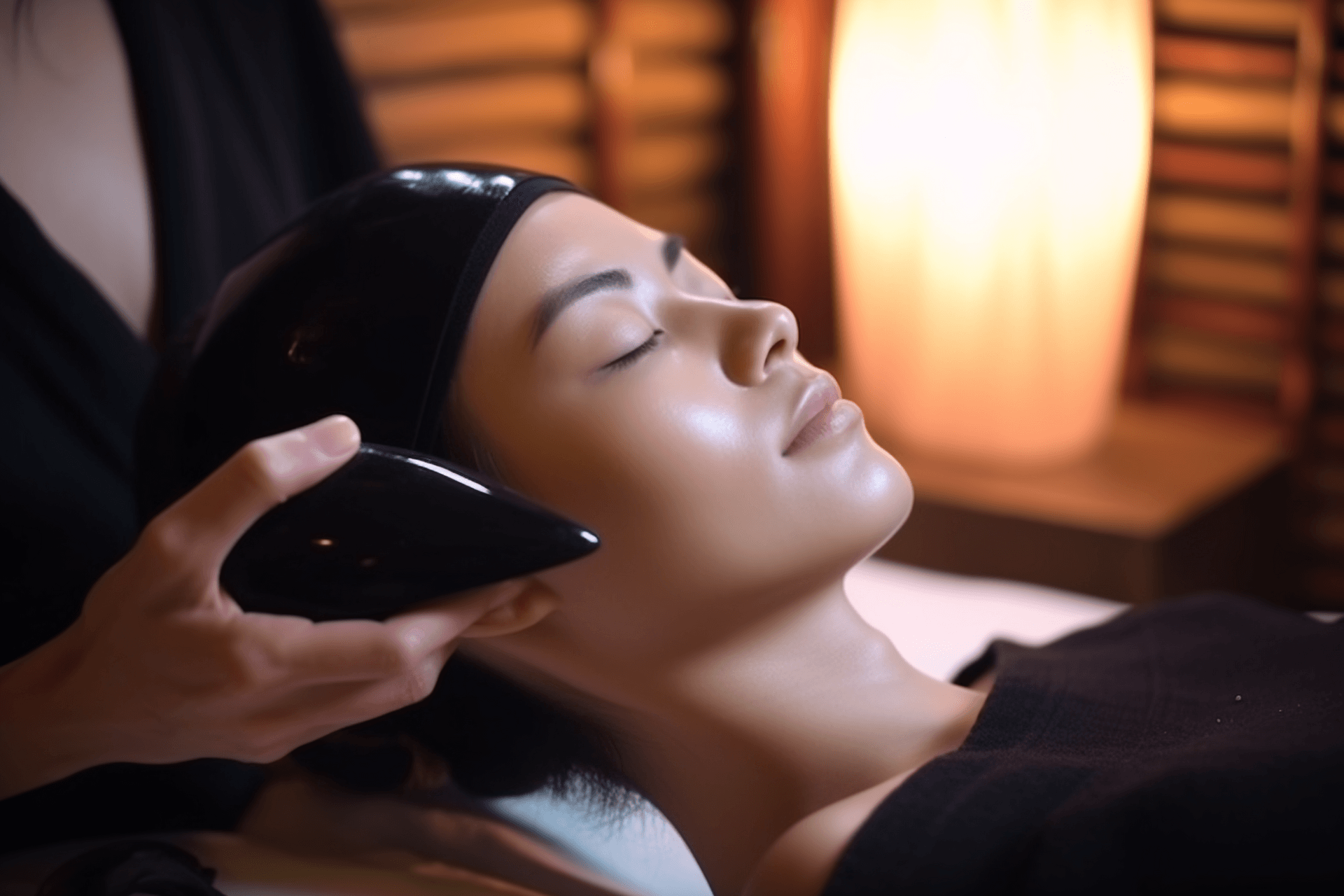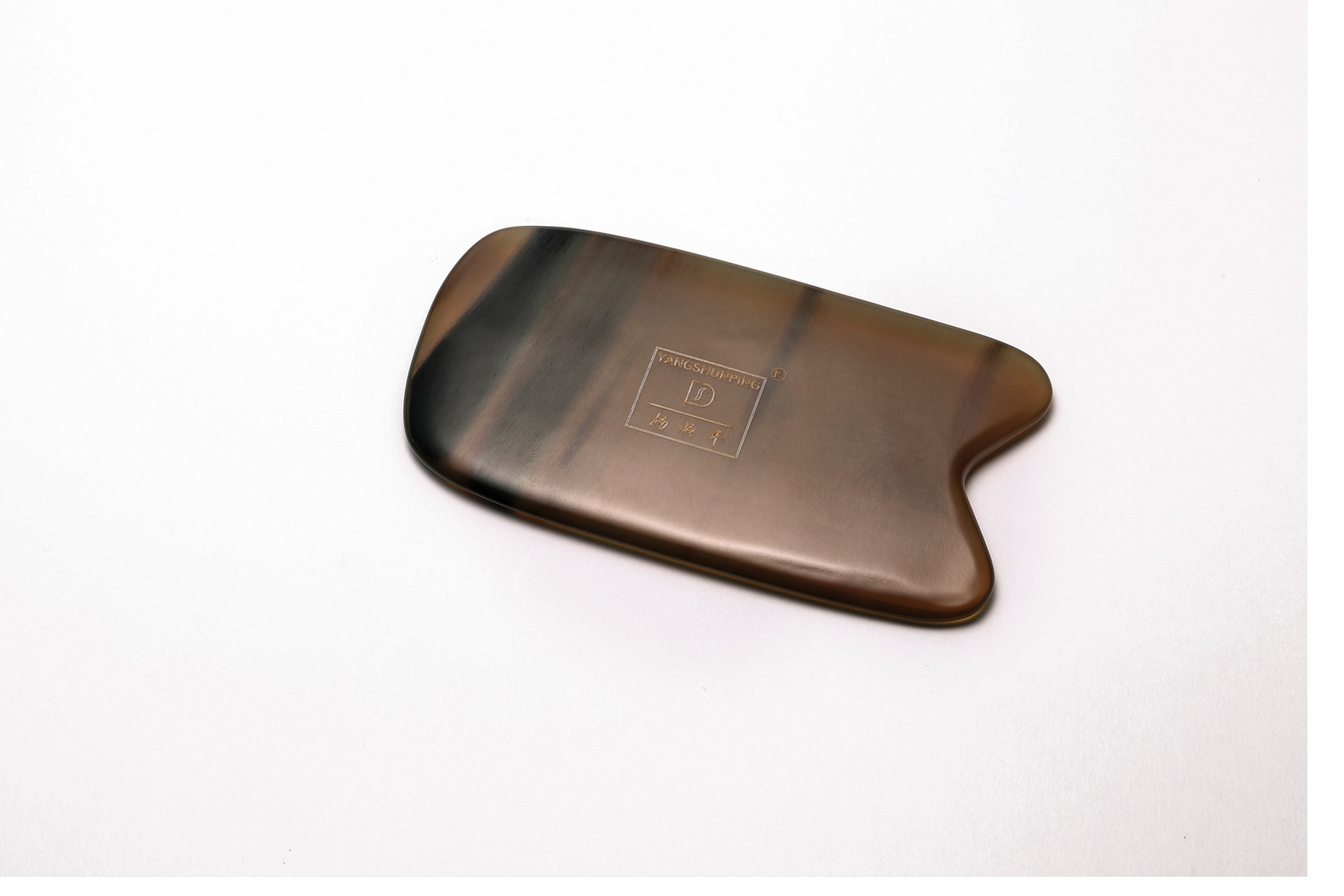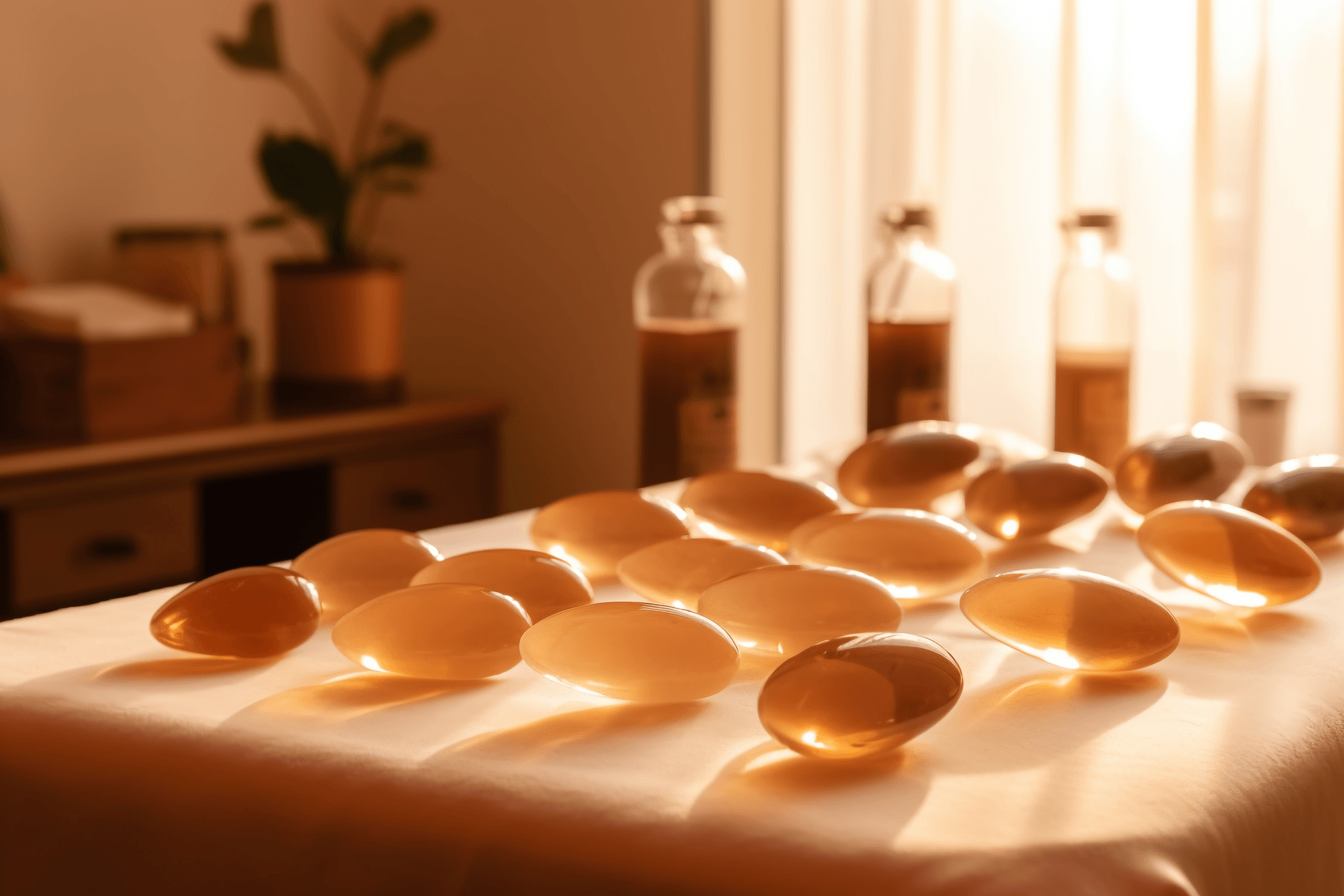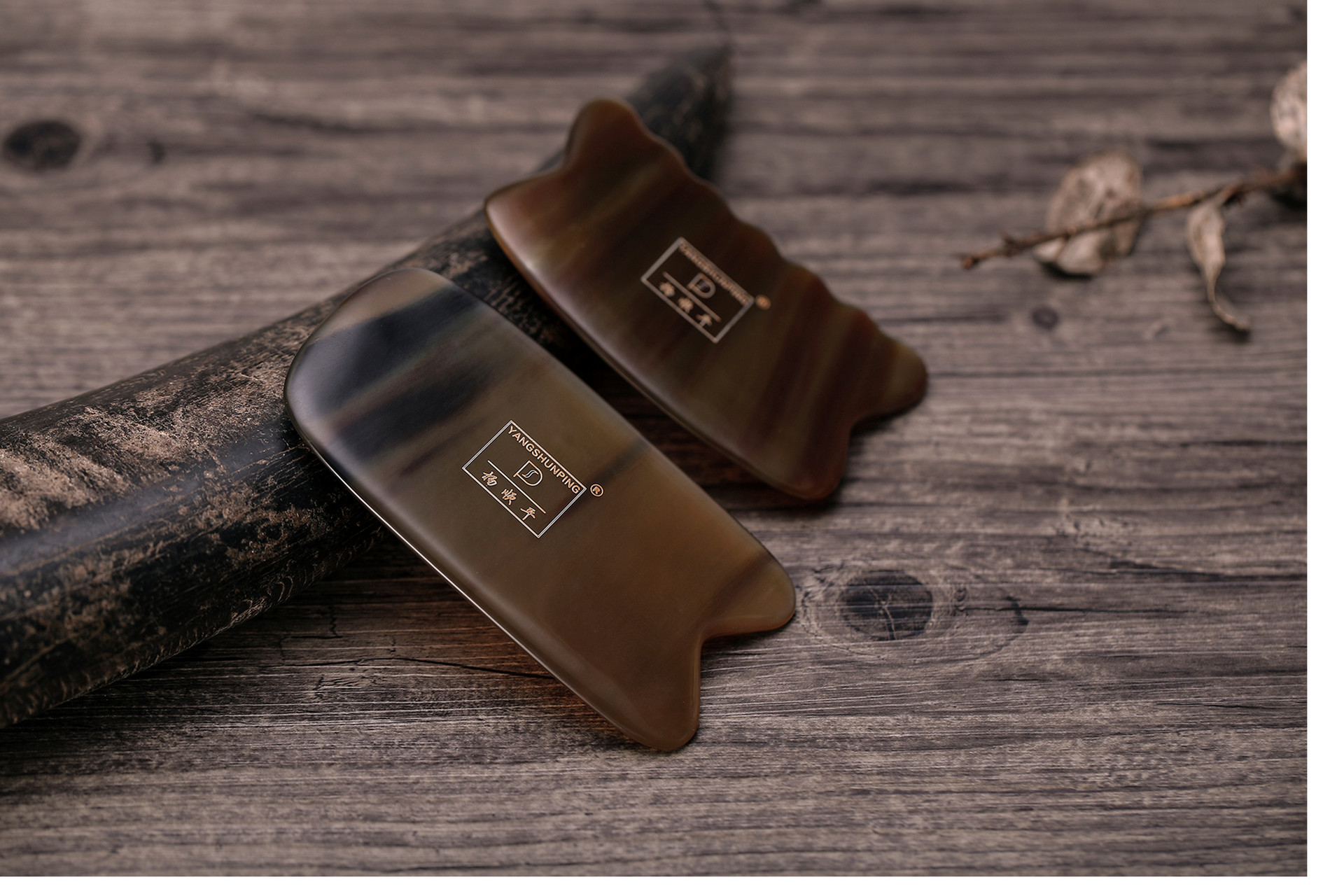```
With the improvement of living standards, more and more people are turning to scraping and cupping therapy. Do you know what precautions to take when scraping and cupping? Are you aware of the benefits of scraping and cupping? If not, today I'll introduce them to you one by one. Interested friends, let's take a look.
**Precautions for Scraping and Cupping**
Although many people are now undergoing scraping and cupping therapy, many are unaware of the precautions to take. So let's take a look at the following precautions:
1. Choose appropriate body positions and muscular areas when cupping. Improper positioning, movement, and areas with uneven bones or excessive hair are not suitable.
2. Select cups of appropriate size according to the area being cupped. The operation must be quick to ensure tight suction.
3. Be careful not to burn or scald the skin when using cups. If blisters occur due to prolonged cupping, small ones need only be covered with disinfectant gauze to prevent infection. For larger blisters, puncture them with a sterilized needle, apply gentian violet, or cover with disinfectant gauze to prevent infection.
4. Remember not to cup areas with allergies, ulcers, swelling, or conditions such as high fever or convulsions, which are not suitable for cupping.
**Formation and Treatment of Blisters**
Blisters formed during cupping are essentially "subcutaneous edema" of the skin. Pathological products such as phlegm, fluids, dampness, etc., along with water, enter and accumulate in the skin through subcutaneous tissue under negative pressure, forming blisters.
Small blisters do not require treatment, just prevent infection and let them heal naturally.
Large blisters should be punctured with a sterilized needle, applied with anti-inflammatory medicine, and kept clean. They will heal over time.
If blisters occur during cupping, especially if they are large in size and numerous, seek medical help promptly.
**Interpretation of Cupping Colors**
1. Dark purple cupping marks generally indicate insufficient blood supply and blood stasis.
2. Purple cupping marks with patches suggest cold coagulation and blood stasis.
3. Scattered purple spots of the same depth indicate qi stagnation and blood stasis.
4. Bright red cupping marks indicate yin deficiency, deficiency of qi and blood, or yin deficiency with excessive fire.
5. Reddish-dark cupping marks indicate high blood lipids and heat pathogen.
6. Grayish-white cupping marks, not warm to touch, are mostly due to deficiency-cold or dampness pathogen.
7. Cupping marks with skin lines or slight itching suggest wind pathogen or dampness.
8. Moisture inside the cup indicates dampness in that area.
9. Blisters indicate heavy dampness inside the body. If there is bloody fluid in the blisters, it's a reaction to damp-heat toxin.
**Benefits of Scraping and Cupping**
1. It can stretch muscles, increase pain threshold, and relieve soreness and fatigue.
2. It helps in draining pus, promoting wound healing.
3. It adjusts immune function, enhancing resistance.
4. It promotes blood circulation, accelerates metabolism.
5. It adjusts visceral functions through meridian transmission, benefiting internal organs such as the respiratory, gastrointestinal, cardiovascular systems, and gynecological conditions.
```


